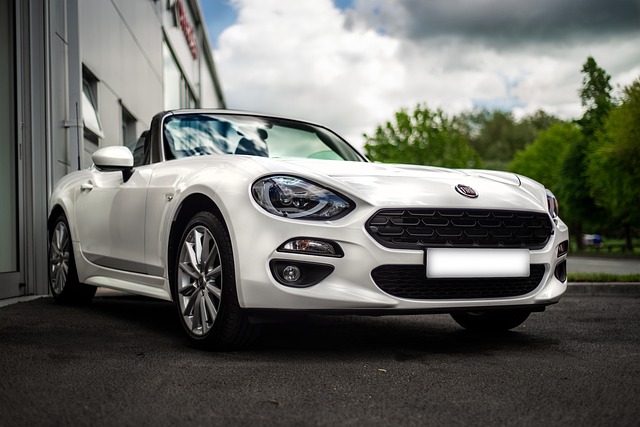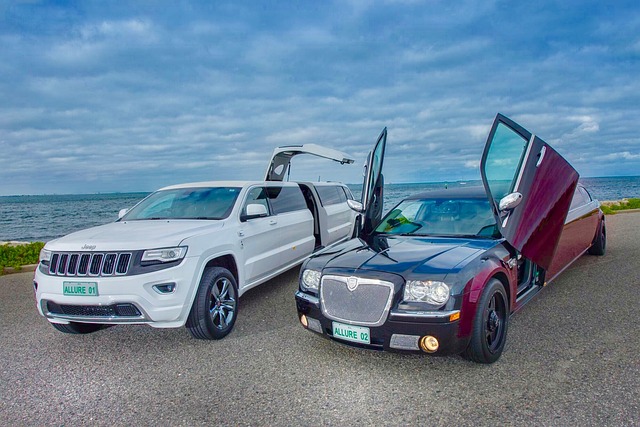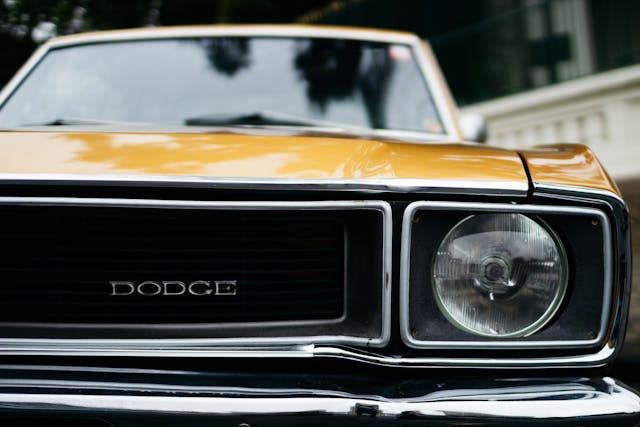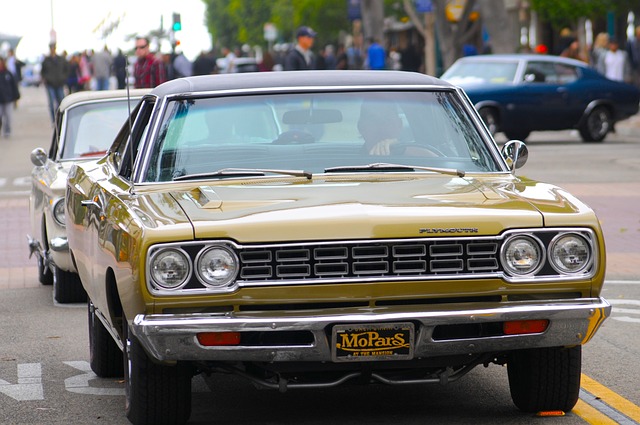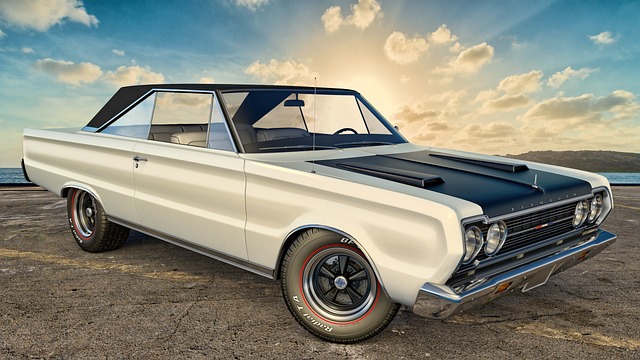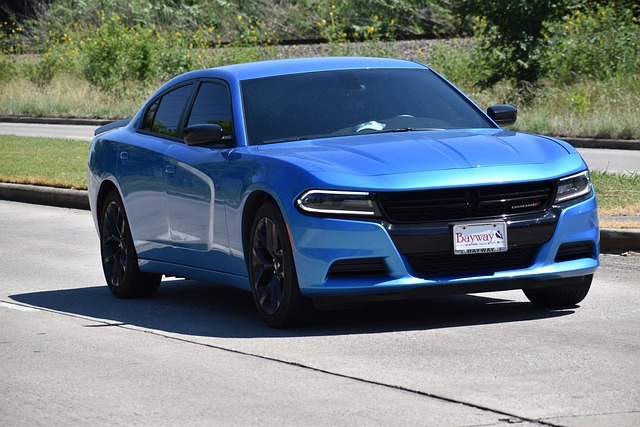2024 Dodge Challenger Review, Pricing, and Specs
Overview
While competing muscle cars have lately shifted toward crisp handling, the 2023 Dodge Challenger remains vintage with a kit tailored to old-school pony-car thrills and straight-line speed. A V-6 engine is standard in these non-SRT Challengers, but the real excitement comes from the optional naturally aspirated Hemi V-8 engines, which range in capacity and output from 375 horsepower (5.7 liter) to 485 horsepower (6.4 liter). If you desire even more power, Dodge will gladly comply with the powerful Challenger SRT Hellcat, which we will examine separately. The standard Challenger isn’t as dramatic as the outlandish Hellcat, but for some, the V-8 burble and rather pleasant ride may evoke memories of the classic Dodge pony cars with which it shares a name. Modern versions of the Chevrolet Camaro and Ford Mustang are more competent on tight roads and racetracks, but the Challenger’s old-school appeal remains unquestionable.
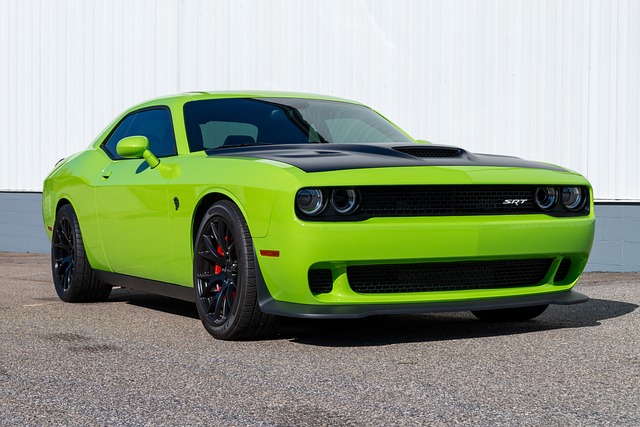
What’s New in 2023?
This year signals the end of an era for the Challenger coupe, as Dodge develops a next-generation vehicle, most likely with an electric motor. The 2023 Challenger has unique commemorative plaques beneath the hood to mark the last model year of the current generation, and Dodge will offer iconic hues from the car’s history, such as Plum Crazy, B5 Blue, and Sublime Green. All R/T versions get a new “345” emblem on the front fender to honor the Hemi V-8 engine housed under the car’s tall, vented hood. The Shakedown is the first of seven special versions that Dodge is offering. Only 1,000 will be constructed. The Shakedown version will include the 485-hp R/T Scat Pack and its Widebody twin and is expected to cost between $55k and $65k.
Pricing and Which One to Buy
The price of the 2023 Dodge Challenger ranges from $34,395 to $58,855, depending on trim and extras.
We’d go for the R/T Scat Pack variant because of its 485-hp 6.4-liter V-8. Believe it or not, we’d choose the eight-speed automatic over the basic manual since it’s much more snappy than the sluggish-feeling stick shift. We’d also add adaptive dampers to alter the ride quality, as well as the Dynamics package, which includes wide 20-inch wheels, six-piston Brembo front brakes, and a leather-wrapped steering wheel. The Plus option upgrades the interior with ambient lighting, fake suede seat inserts, and higher-quality materials on the dashboard and doors. It also needs the Driver Convenience Group, which includes blind-spot monitoring, rear cross-traffic warning, power mirrors, and high-intensity discharge lighting.
Engine, Transmission and Performance
The Challenger’s standard 305-horsepower V-6 will not satisfy adrenaline enthusiasts. The tiny engine is paired only with the eight-speed automatic, but in the weighty Challenger, it lacks the acceleration and thrill of competitors. Dodge’s Hemi V-8 engines are a different story. The 375-hp 5.7-liter engine we tested had enough oomph to powerslide on demand, and its gruff roar was satisfying. Those wishing to maximize the Challenger’s capabilities will want the 6.4-liter V-8 engine, which delivers 485 horsepower and 475 pound-feet of torque. We also drove the T/A 392 with the automatic and were impressed by the exhaust’s cannon-blast starter sound and baritone howl when urged. While we prefer manual transmissions, the automatic is quite sensitive to throttle inputs and offers rapid power-on downshifts. The Challenger rushes around corners like a wild bull, snorting angrily and swinging threateningly. The burly Dodge is a real muscle vehicle, more suited to the street and drag strip than two-lanes and road courses. Since the lineup’s facelift in 2015, the models we’ve driven have provided a compliant ride that is pleasant but a little rough. In comparison to the Camaro and Mustang, which have sharper and stickier handling, the Challenger is too soft in tight corners, and its steering is too numb. The slow-to-react helm is ideal for leisurely driving and easily managed power-induced tail slides.
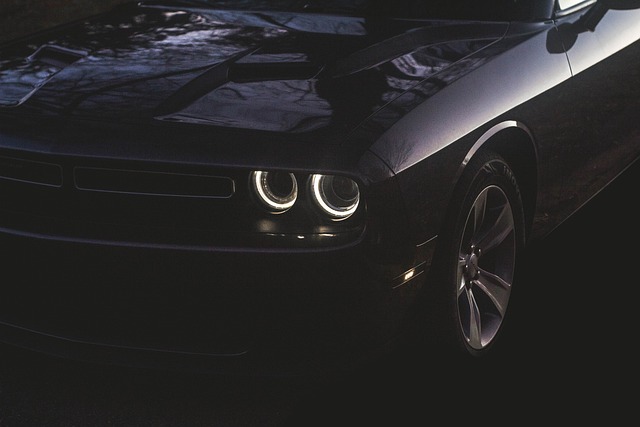
Fuel Efficiency and Real-World MPG
The rear-drive, V-6-powered Challenger is expected to get 19 mpg city and 30 mpg highway. Adding all-wheel drive reduces those scores by one and three mpg, respectively. Challengers with the 5.7-liter V-8 are estimated to get up to 16 mpg in the city and 25 mpg on the interstate. Versions with the 6.4-liter V-8 are rated at up to 15 mpg in the city and 24 on the interstate. We drove the all-wheel-drive V-6 Challenger as well as one with the 485-hp V-8 and automatic gearbox on our 75-mph real-world route, as part of our rigorous testing program. Surprisingly, both got 26 mpg on the highway. Visit the EPA website to learn more about the Challenger’s fuel efficiency.
Interior, Comfort and Cargo
The Challenger’s interior is reminiscent of muscle cars from the 1970s, with a straightforward design and comfy seating. The Dodge is much roomier inside than its pony-car competitors, and grownups can actually utilize the rear seat. Unfortunately, the rubberized materials seem like old vinyl rather than luxury plastic, and rear sight is poor. The Challenger’s large front seats are comfortable for cruising, but even the optional seats, which have additional bolstering, do not hug their passengers as tightly as those in the Camaro or Mustang. Dodge’s pony car boasts seven cubic feet more trunk room than the Camaro. This enables the Challenger to accommodate two more bags of baggage than the Camaro. Fold the rear seats down, and the advantage increases to six. The Challenger boasts a large center-console bin and a convenient location for a smartphone. However, none of the vehicles we evaluated in this class were very good at storing little objects.

entertainment and connectivity
Dodge’s user-friendly Uconnect infotainment system is standard on all Challenger models. The feature-rich device comes included with Apple CarPlay and Android Auto connectivity. Want to get the Led out? Listen to Jimmy Page’s spine-tingling guitar chords with one of two available Alpine audio systems or the top-tier 900-watt, 18-speaker Harman/Kardon arrangement.

